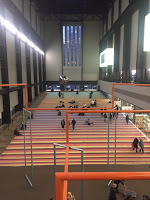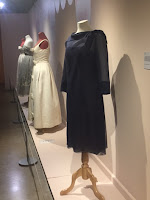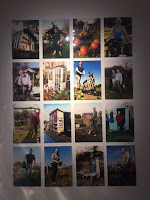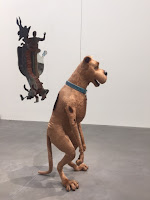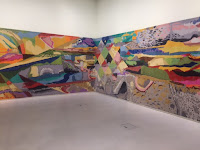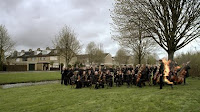Lake Keitele: A Vision of Finland

Delightful exhibition at the National Gallery bringing together four of Akseli Gallen-Kallela’s picture of Lake Keitele in Finland. I am very fond of the National Gallery’s version of this scene and it was lovely to see it with three other versions lined up on one wall showing the gradual change in composition and light changes. The others walls showed other work by the artist including paintings, pastels and stained glass which put the lake pictures into context. Closed on 4 February 2018

